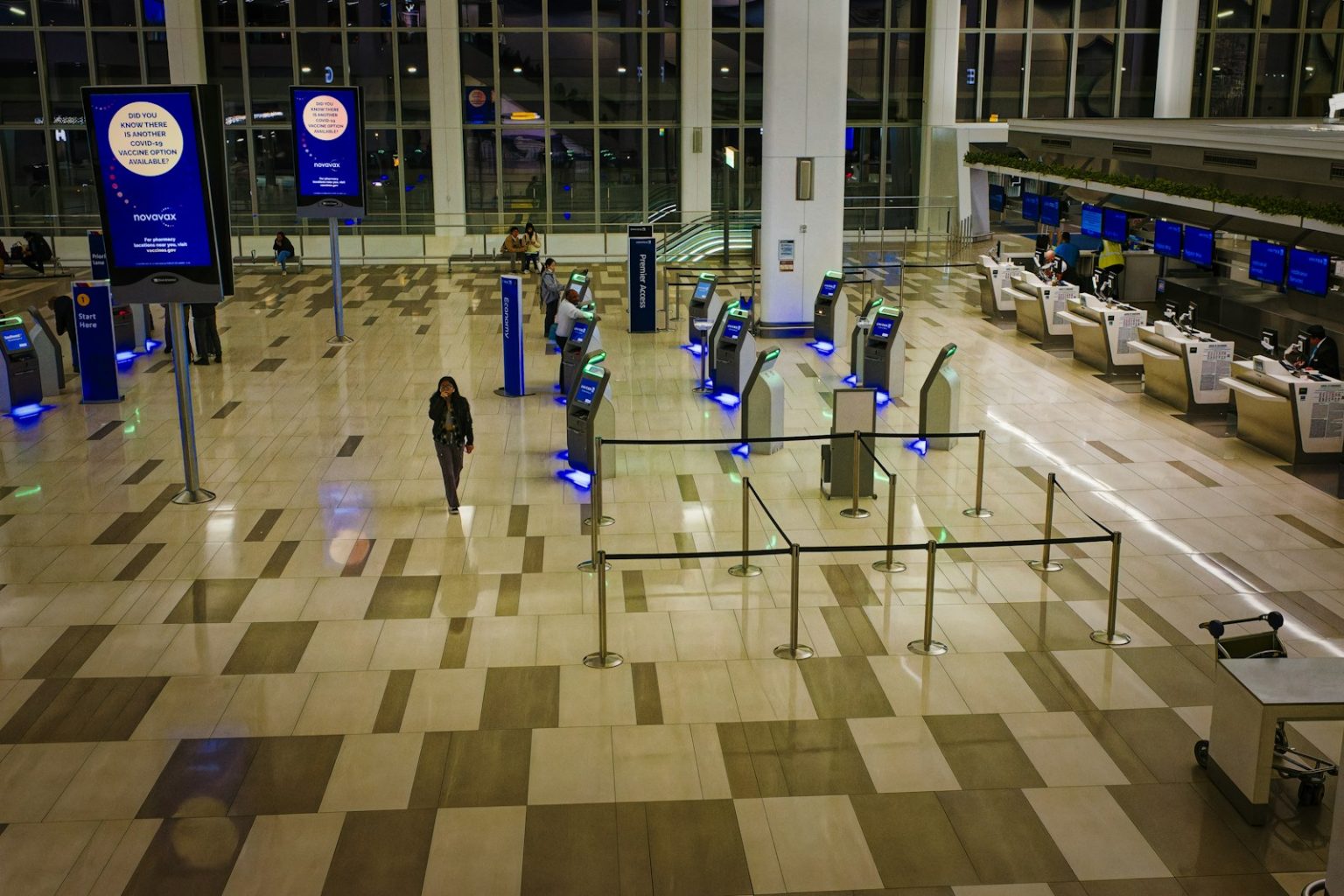Clear, the biometric identity verification company, is implementing facial recognition technology at airports to streamline the identification process ahead of the 2026 World Cup. This expansion aims to reduce wait times and enhance security measures as airports prepare for the influx of international travelers expected during the global sporting event.
The company’s facial recognition system will allow travelers to move through security checkpoints without physically presenting identification documents. Instead, cameras will scan passengers’ faces and match them against stored biometric data, allowing for a hands-free verification process.
Preparing for World Cup Travel Surge
The 2026 FIFA World Cup, jointly hosted by the United States, Canada, and Mexico, is expected to bring millions of additional travelers through North American airports. Clear’s technology deployment appears strategically timed to address the anticipated surge in passenger volume.
Airport authorities have been working to modernize infrastructure and security protocols in preparation for the tournament. The implementation of facial recognition represents one of several technological upgrades being rolled out across transportation hubs in host cities.
How the Technology Works
Clear’s system uses advanced biometric scanning to create a digital identity for enrolled members. The facial recognition technology captures unique facial features and compares them to previously stored data, eliminating the need for physical ID checks by security personnel.
For travelers, the process involves:
- Standing before a camera at designated Clear lanes
- Having their facial features scanned and verified against their profile
- Proceeding through security once identity is confirmed
The company already operates dedicated security lanes at over 50 airports across the United States, where members can bypass standard security lines. The facial recognition expansion builds upon Clear’s existing fingerprint and iris scanning capabilities.
Privacy and Security Considerations
The expanded use of facial recognition technology in airports raises questions about data security and privacy. Clear maintains that its systems meet strict security standards and that biometric data is encrypted and protected.
Privacy advocates have expressed concerns about the increasing use of facial recognition in public spaces. Questions remain about how long biometric data is stored, who has access to it, and what happens if systems are compromised.
Transportation security experts note that while the technology offers convenience, it must be balanced with appropriate safeguards for personal information. Federal regulations regarding biometric data collection and storage continue to evolve as the technology becomes more widespread.
Industry Trends in Biometric Security
Clear’s expansion reflects broader industry movement toward biometric verification at airports. The Transportation Security Administration (TSA) has been testing similar technologies at select airports, while international terminals increasingly use facial recognition for border control.
Airlines have also begun implementing facial recognition for boarding processes, allowing passengers to board planes without showing boarding passes or identification. Delta, American Airlines, and United have all piloted such programs at major hubs.
The global market for airport biometric systems is growing rapidly, with analysts projecting significant expansion over the next five years as airports seek to accommodate increasing passenger numbers while maintaining security standards.
As the 2026 World Cup approaches, travelers can expect to see more airports adopting these technologies to manage the temporary surge in international visitors while providing a glimpse of what may become standard practice in air travel security.







